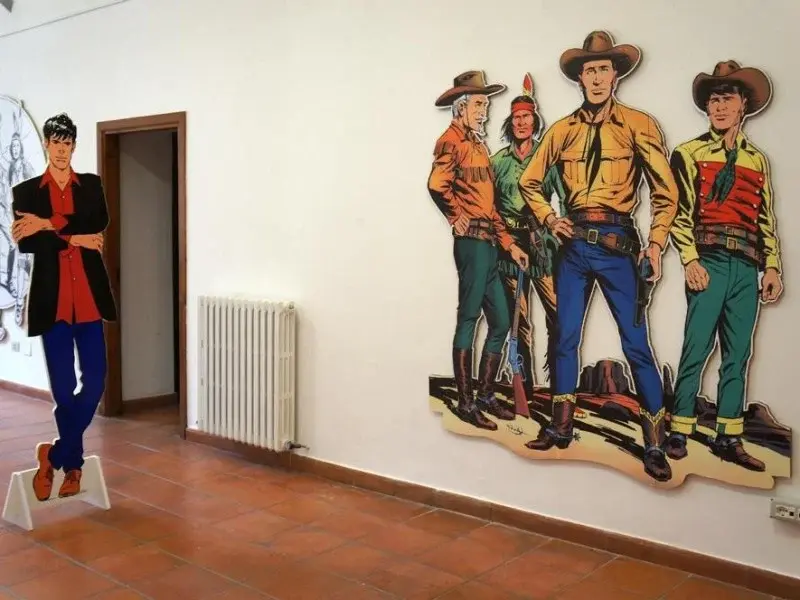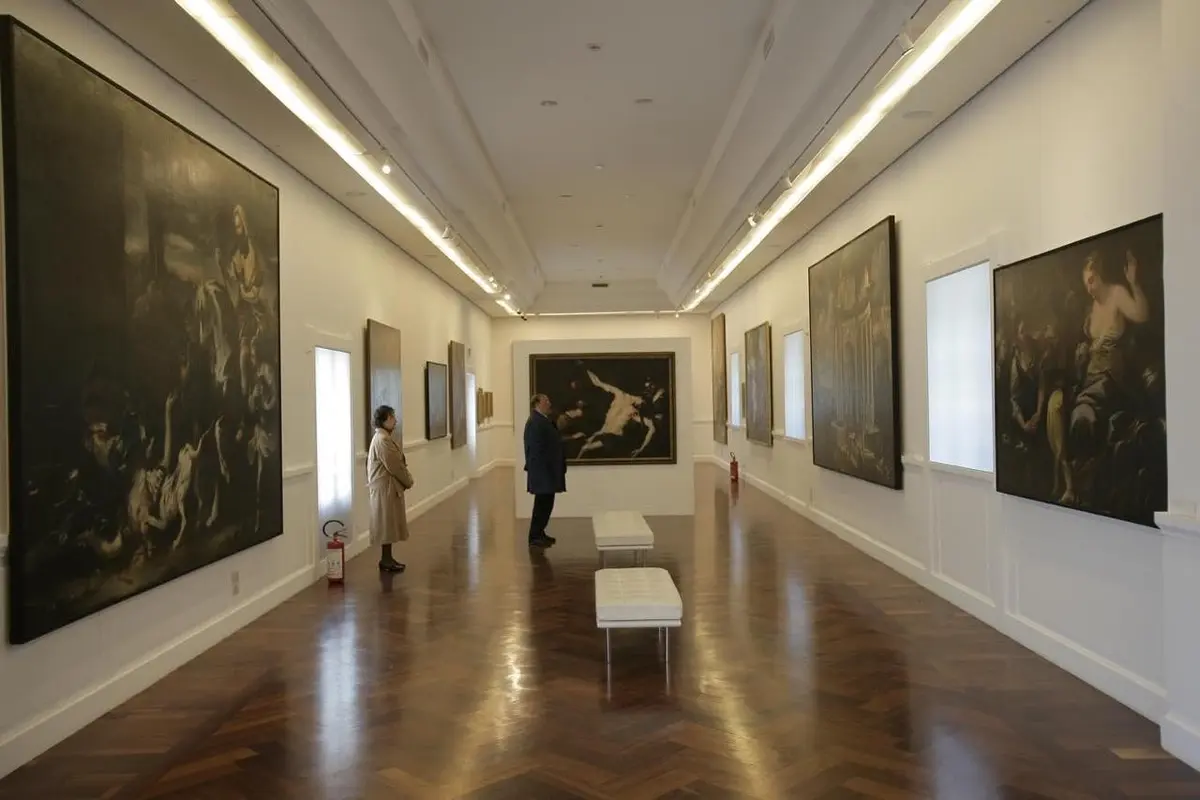Church of San Francesco d’Assisi

Place of worship
The foundation of the Church is owed to Blessed Pietro Cathin of Sant'Andrea di Faenza, a disciple of St Francis, who had this convent complex built in 1221 on the ruins of a Benedictine monastery damaged in the earthquake of 1184, probably already a Basilian monastery before. Completed in 1257, it was restored in 1656 to deal with the damage suffered in the 1638 earthquake. Damaged again by the 1854 earthquake, it was rebuilt with typical mid-19th century decorations.
The church is in the shape of a Latin cross, with three naves: the nave is dominated by the imposing 18th-century wooden high altar on which is the painting depicting the Pardon of Assisi (1618). Of note inside the church is the mummy of Blessed Giovanni da Castrovillari, a friar of the Order of Minors who lived during the 15th century. The cloister, which was annexed during the 15th century, has been the site of the Soprintendenza's Restoration Laboratory since the 1970s.




